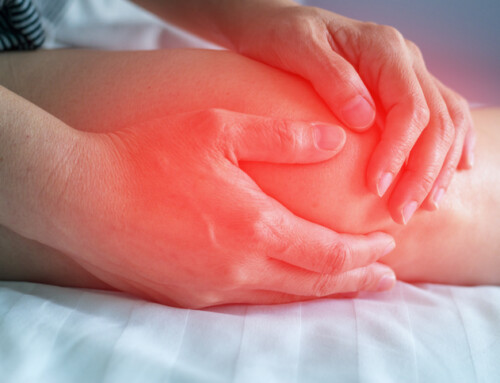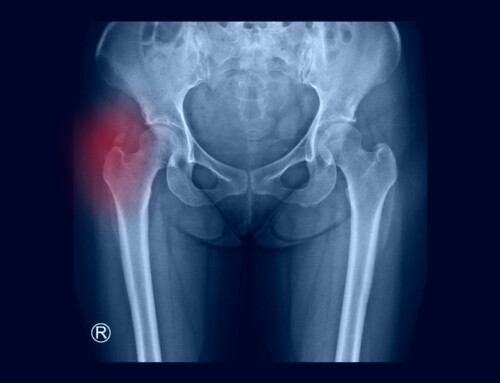By James Breese, SPT 
What is Hallux Valgus?
Hallux valgus, or bunion, is a progressive foot deformity which affects the joint at the base of the first toe. This joint is referred to as the first metatarsophalangeal (MTP) joint. The MTP joint connects the first phalanx, or big toe, to a bone in the foot called the first metatarsal. Hallux valgus occurs when the medial-collateral ligament, a ligament that runs along the medial side of the MTP joint, fails to support the first toe. When there is a lack of support on the medial side of the toe, it will then begin to deviate laterally or towards the other toes. As the big toe continues to deviate towards the other toes, the metatarsal bone is pulled medially, forming what is known as the hallux valgus angle. How can physical therapy for bunion pain help?
Classifying the Condition
The hallux valgus angle is what determines the severity of the condition. The severity of the condition can be classified as mild, moderate, and severe. A mild deformity is defined as 15-20 degrees of deviation, a moderate deformity is defined as 20-40 degrees of deviation, while a severe deformity is defined as a deviation greater than 40 degrees. As the big toe shifts laterally and the first metatarsal shifts medially, a bony protuberance can be created at the MTP joint. This bony protuberance is referred to as a bunion.
How does the condition start?
The following can contribute to the formation of bunions once the medial collateral ligament begins to fail to support the MTP joint:
- Wearing tight narrow toe boxed shoes(high heels and shoes that are too small)
- Repetitive loading of the first toe (running and jumping)
- Pes planus (flat feet)
- Age
- Genetics
Complications Associated with Hallux Valgus
Many individuals report that they are self-conscious of their feet when they develop a bunion. The aesthetic appearance of the foot is not the only complication associated with hallux valgus. In addition to bunion pain, discomfort and embarrassment, the deformity can also result in:
- Debilitating pain that can also affect the ankle, knee, hip and back.
- Difficult fitting into footwear
- Decreased first toe mobility
- Balance deficits
- Decreased athletic performance
- Various other foot deformities
If you have a bunion(s), surgery is not your only option of treatment. A physical therapist can provide you with conservative treatment options that can reduce the deformity, improve toe mobility, and strengthen the muscles of your feet to help relieve the pain. Contact Capital Area Physical Therapy to learn more about the treatment options with physical therapy for bunion pain, discomfort and embarrassment, or any other foot or ankle pain or injuries.
Photo courtesy of Lamiot [CC BY-SA 4.0 ], from Wikimedia Commons





